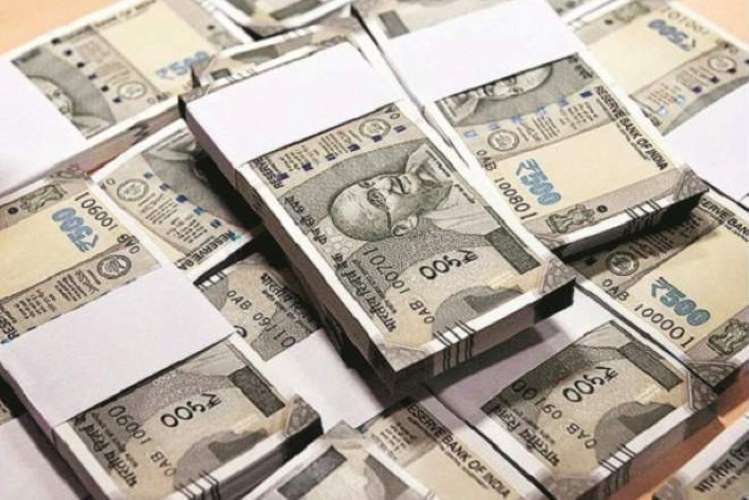Indian economy has become the fifth largest behind the US, China, Japan and Germany. Indians across the world broke into celebrations to mark the economy overtaking its former coloniser, the United Kingdom. India is set to overtake Germany and Japan in the next decade to become the third largest economy. The country’s rise as a major economic power definitely calls for celebrations, but one should be mindful of the fact that it is the poorest among the large economies as well as the most unequal.
A major cause of concern is the shape of its post-Covid recovery. While it is still the fastest growing major economy, the official macroeconomic numbers don’t inspire much confidence about the prospects of Indian economy in the near term.
READ I Deficient monsoon threatens to derail farm output, consumer demand
Indian economy: What numbers foretell
The GDP growth numbers for the first quarter of the current financial year (2022-23) fell short of most forecasts. The GDP expanded by 13.5% and the GVA by 12.7%. The double-digit growth was achieved on a low base and the growth forecast for the entire financial year is now reduced to 6.8%.
The manufacturing sector registered a disappointing 4.8% growth in the April-June period, and annual inflation stayed above 6%, RBI’s tolerance limit. The unemployment rate rose to 8.6%, highlighting the non-inclusive nature of India’s growth. The jobless growth can be attributed to the crisis in the MSME sector that has the potential to create millions of well-paying jobs. The numbers for industrial output (IIP) still have 2012 as base year, and a revision is warranted to capture the current reality.
India economic growth rate
India annual inflation rate
The manufacturing sector needs credible and consistent policies, and not sudden imposition of duties or change in interpretation of rules. The export duty imposition on steel has already started showing effects on capacity utilisation and capex plans. The mobile handset exports are also facing uncertainties.
Slowing consumption
The demand in terms of consumption expenditure has shown an increase of 10% above the pre-pandemic levels which is a good sign. But the economy faces a serious threat from the shrinking of middle class. The sales of small cars, cheaper mobile handsets and low-cost residential flats have taken a hit, clearly showing that the middle class is shrinking with rising unemployment and pending wage revisions. The luxury cars segment is showing higher bookings, but small cars sales are yet to pick up. Similarly in tier three and four cities, the housing and construction are yet to recover after the pandemic.
Imposition of GST on packed items goes against the policy of providing unadulterated goods at affordable cost. Adulteration in dairy products can affect a large number of Indians, especially the younger lot. The philosophy behind small-size pouch products in dairy, cosmetics, biscuits, and namkeen is to ensure that even people in remote areas get quality products at affordable prices. All these increase the out-of-pocket expenses of the middle class.
With a non-inclusive GDP growth rate of 6.8%, the number of poor households is set to increase. The poverty percentage of households is high at 43%, and the soaring inflation is a major concern. MSMEs need to be at the centre-stage and GST needs to be rationalized into two bands. India needs to trigger demand to set right its plan to grow at sustainable double digits. The export policy needs to be consistent as it requires long-term planning and investments.
India is set to become the most populous country in the world next year by overtaking China. Its population is the youngest among the major economies which means millions of educated youngsters enter the job market every year. India needs to frame policies to tap into its young population to achieve its growth potential.

